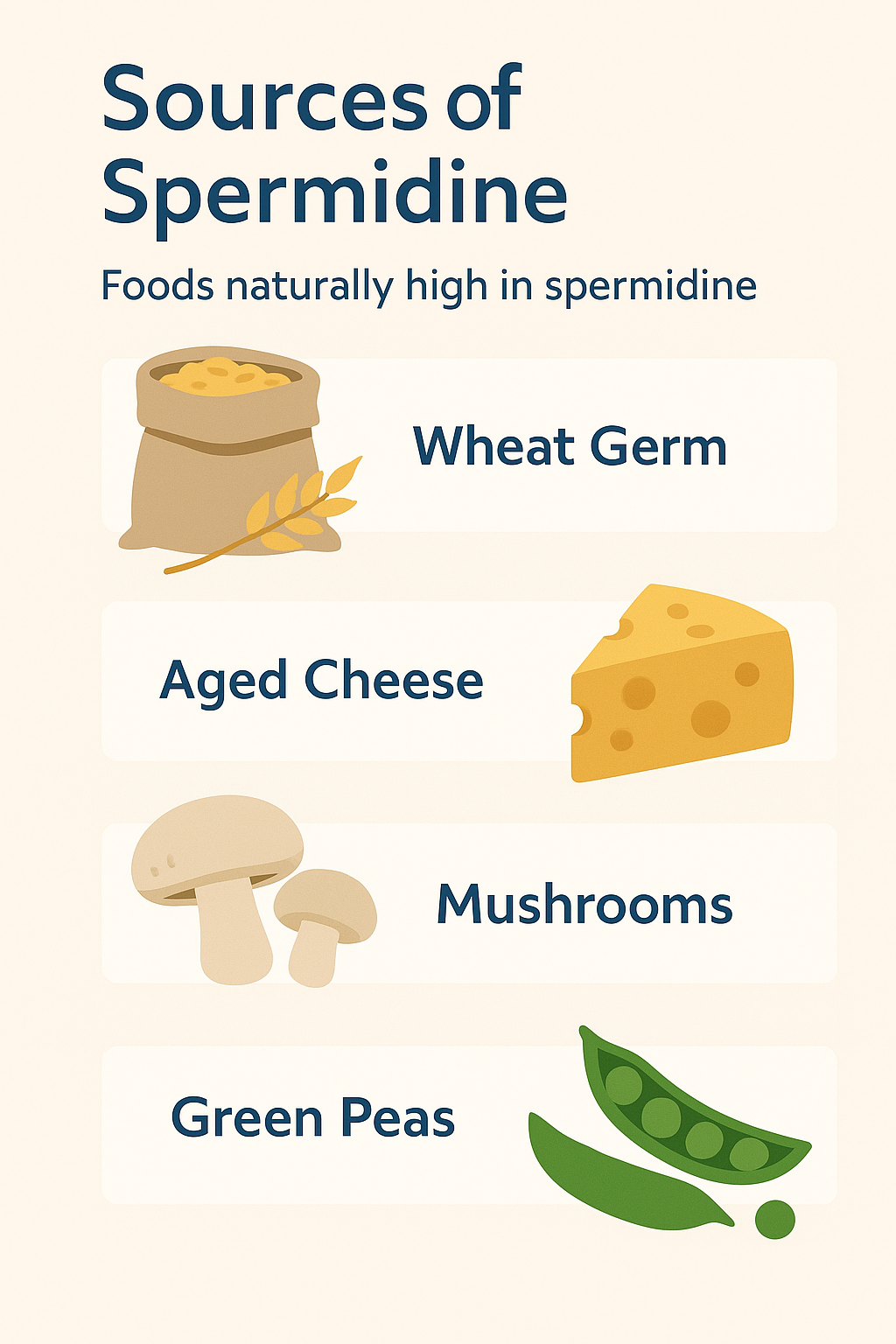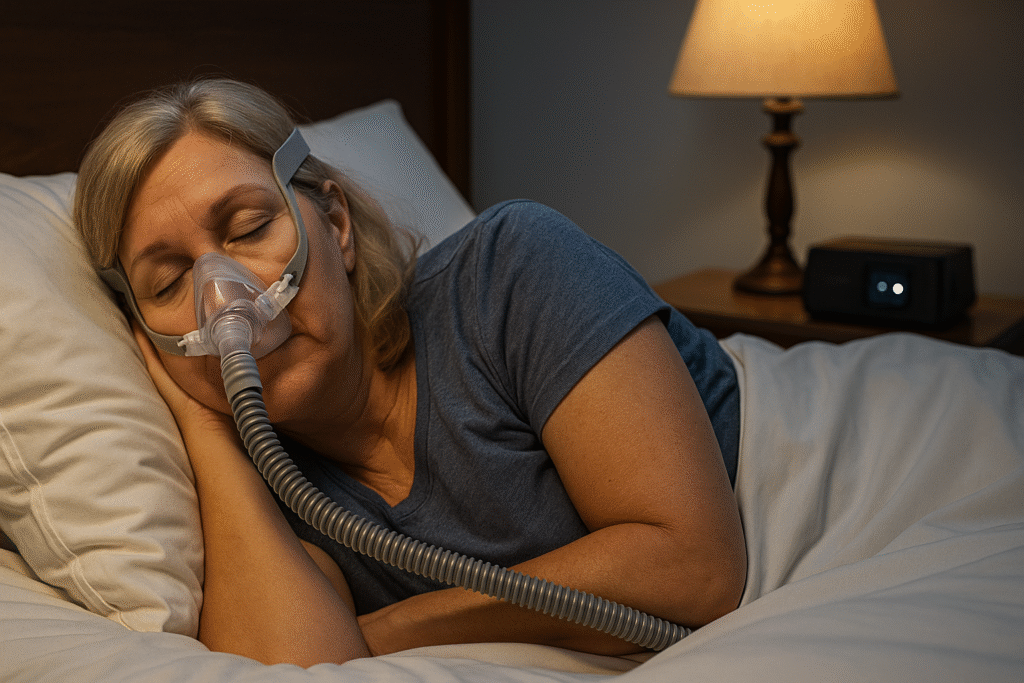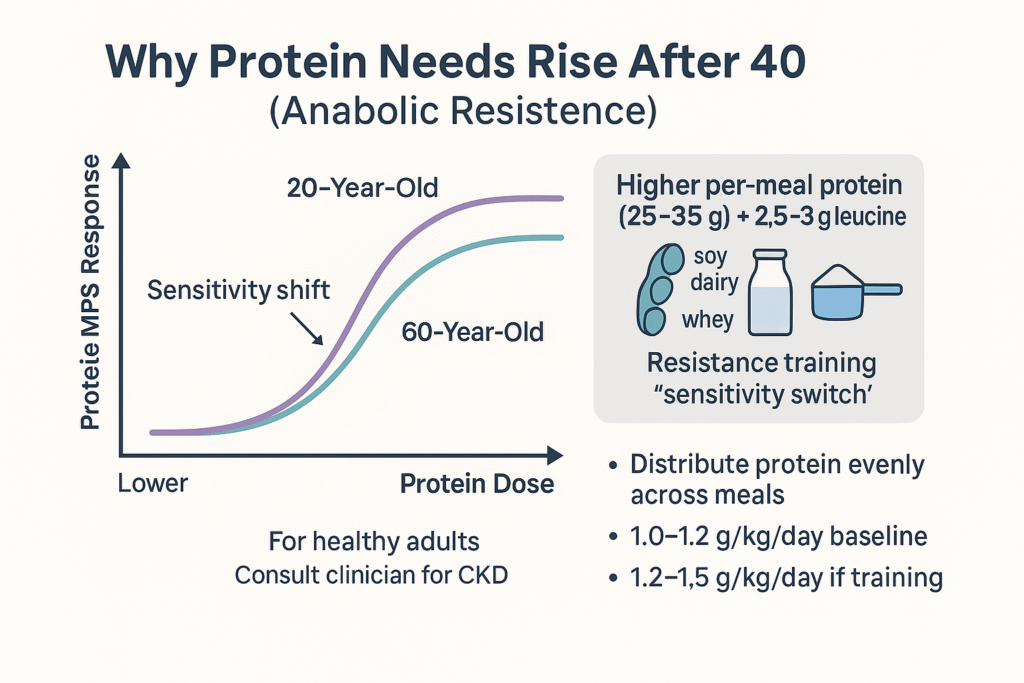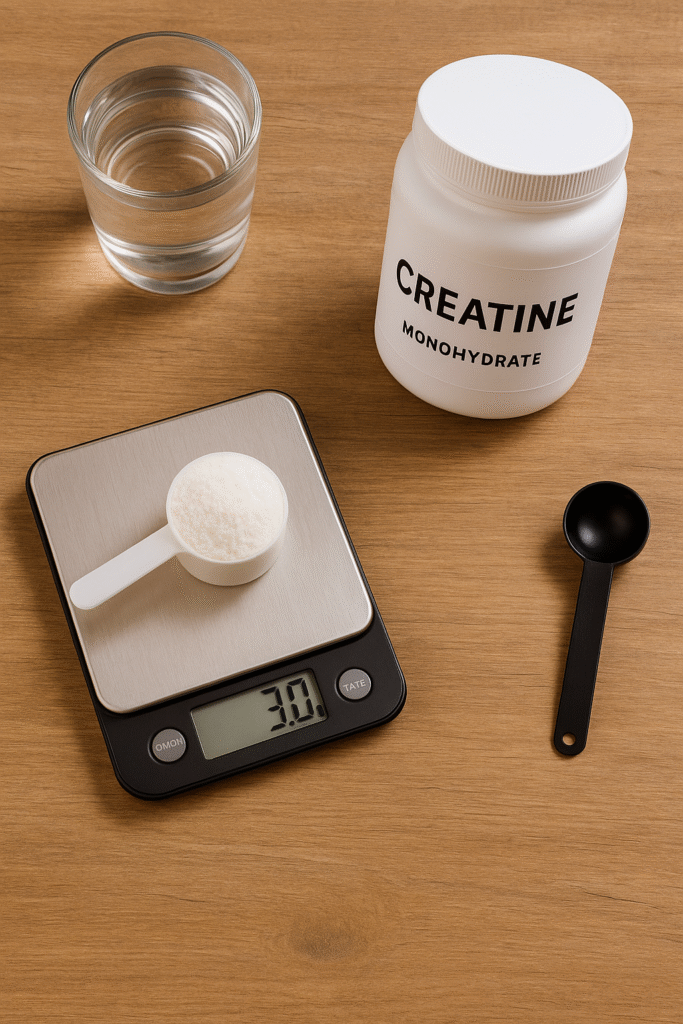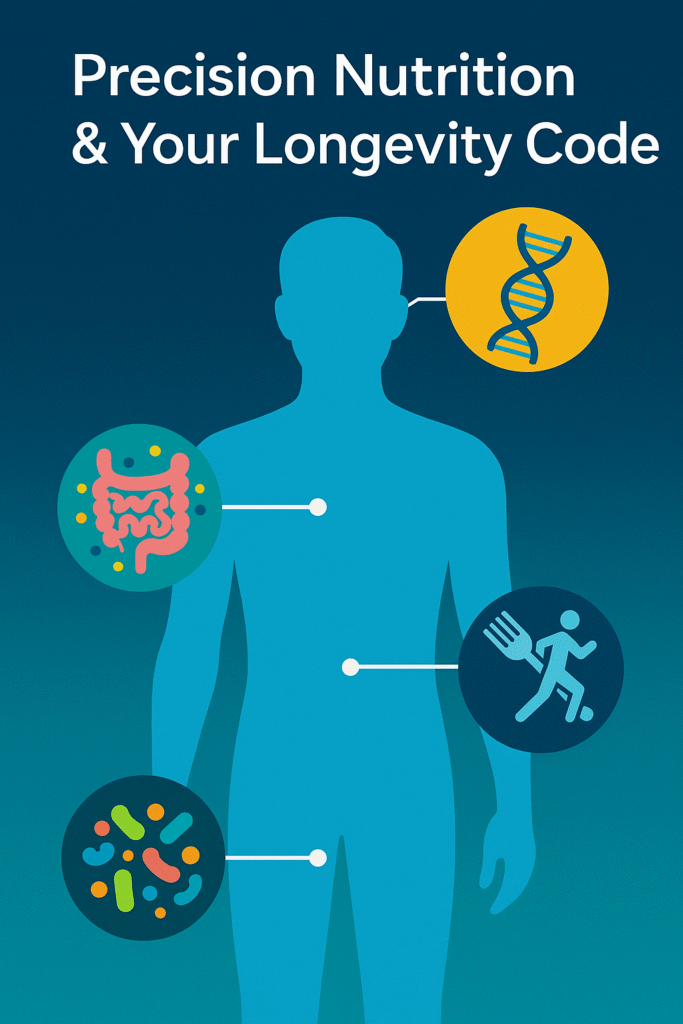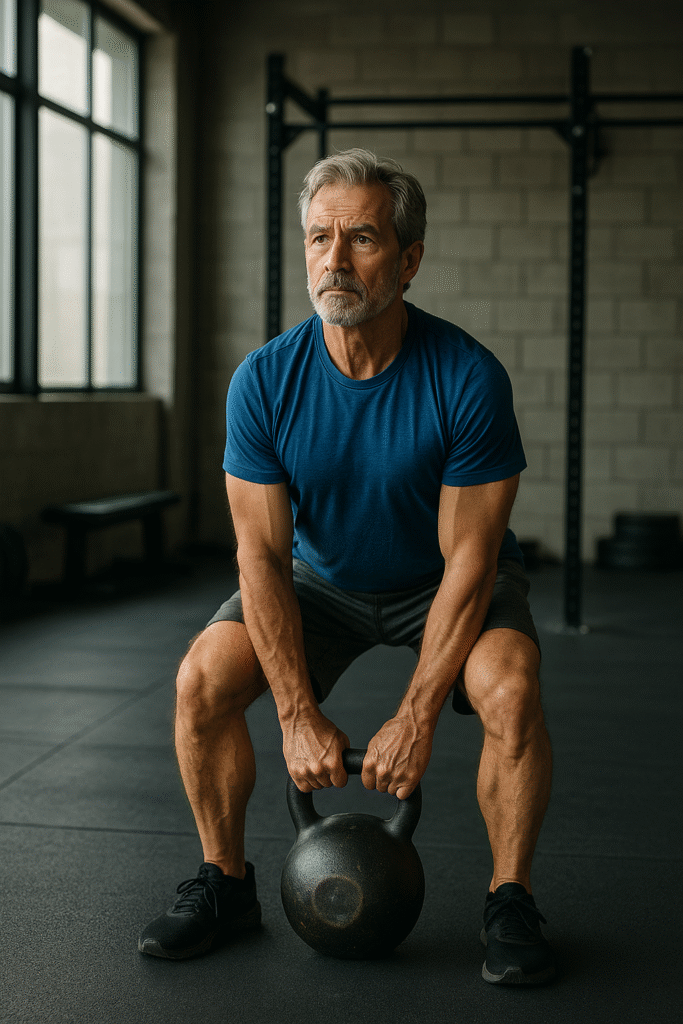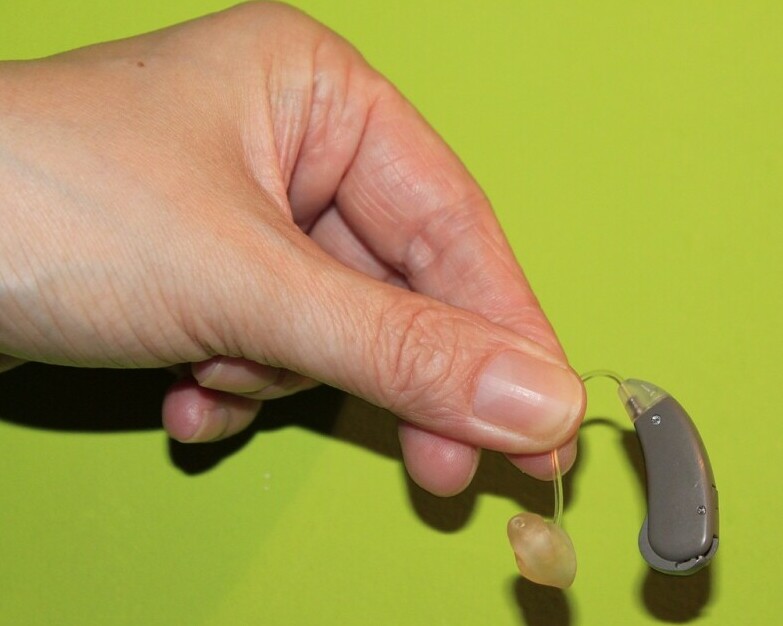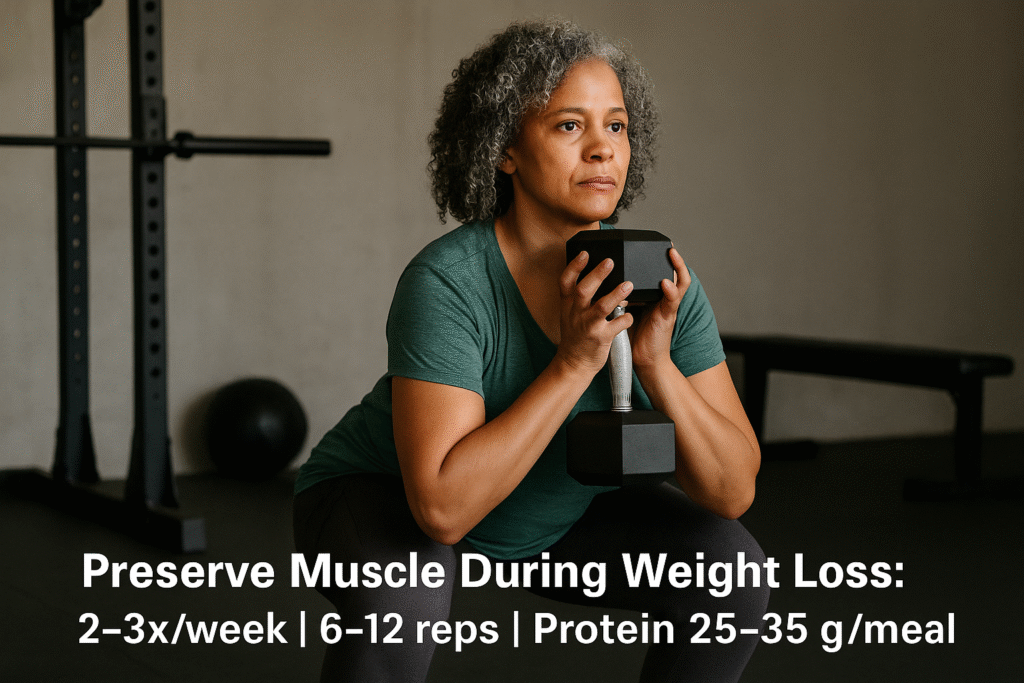Envision yourself a decade from now—strong, supple, and agile. This isn’t the promise of a miracle cure, but the scientifically-backed power of exercise in preserving the integrity of your joints as you age. In the tapestry of life, each thread represents a choice we make—choose movement, and weave a pattern of strength and resilience into your being.

Understanding Joint Health and Aging: The Basics
Introduction to Joint Health and Its Importance Throughout the Lifespan
- Joints: the silent workers that grant us the freedom of movement, yet often go neglected until discomfort arises. Just as we invest in retirement plans for future financial stability, investing in joint health is paramount for a future free of mobility constraints.
- Maintaining joint health is a lifelong commitment that allows us to enjoy the simple pleasures of movement, from walking to dancing, well into our golden years.
Common Joint Issues Associated with Aging
- As the body’s natural aging process unfolds, joints often bear the brunt of the wear, with osteoarthritis, stiffness, and inflammation becoming increasingly common complaints among the aging population.
- These issues can transform simple tasks into Herculean efforts, significantly impacting daily activities and overall well-being.

Anatomical Changes in Joints with Age
- Time wears away at the cartilage—the cushioning agent between bones—leading to a decrease in synovial fluid, the body’s natural joint lubricant. These changes can result in joints that are less forgiving to the rigors of daily life.
- Understanding these changes is crucial, as it helps us pinpoint how and why exercise can mitigate the effects of aging on our joints.
The Benefits of Maintaining Joint Health for Quality of Life and Independence
Joint health is inextricably linked to quality of life and independence, two aspects of living that become more cherished as we age. By maintaining healthy joints, we secure our ability to perform daily tasks, engage in social activities, and live independently.
- The preservation of joint health is not just about freedom from pain; it’s about sustaining the autonomy to live life on our own terms.
Check out this link to the video:
The Role of Exercise in Joint Health Preservation
How Regular Physical Activity Contributes to Joint Health
- Regular physical activity lubricates the joints like oil in a machine, ensuring smooth and pain-free movements. It’s a natural remedy that supports the maintenance of joint function and combats the onset of degenerative changes.
- Exercise not only strengthens the muscles around joints, providing added support and reducing pressure, but also promotes circulation, bringing nourishment to joint tissues and aiding in the removal of waste products.
Types of Exercises Beneficial for Joints

- Low-impact activities like swimming and cycling allow for movement without overbearing stress, while strength training reinforces the muscles and connective tissues that protect our joints. One tool that offers “strength training” on the go or at home is the TRX Go Suspension Trainer System which provides a portable, fast, and effective workout.
- Flexibility and balance exercises, such as yoga and tai chi, extend the range of movement and fortify the body against falls, ensuring that joints are not jolted by sudden, unnatural movements.
The Concept of ‘Use It or Lose It’: Maintaining Mobility Through Movement
- The body’s musculoskeletal system thrives on regular use. Without it, joints can stiffen and weaken, leaving them more susceptible to injury and disease—a true embodiment of the principle, use it or lose it.
- Mobility is a privilege that comes with a responsibility: to keep moving. Even simple daily activities can contribute to maintaining joint health and should be encouraged.
Safe Exercise Practices to Prevent Injury

- To embark on an exercise journey safely, one must understand their body’s limits and the importance of gradual progression. Proper warm-up routines, appropriate exercise selection, and professional advice are vital components of this journey.
- For those with a sedentary lifestyle, the transition to an active routine must be approached with caution and patience. Recommendations often include starting with gentle exercises and progressively increasing intensity under professional supervision.
Building an Exercise Routine for Healthy Joints
Guidelines for Starting an Exercise Regimen Tailored for Joint Health
- Beginning an exercise regimen can be daunting, especially when joint health is a concern. The first step is to assess current health and fitness levels, which can inform the creation of a personalized and effective exercise plan. A fitness tracker can provide a view into your current health assessment before creating an effective exercise plan.
- It is important to choose activities that not only benefit the joints but are also enjoyable, increasing the likelihood of adherence over time.
Incorporating a Variety of Exercises: Creating a Balanced Workout Plan
- A balanced workout plan should include a variety of exercises that target different aspects of joint health—strength, flexibility, balance, and aerobic endurance. This approach not only improves joint health but also enhances overall physical fitness.
- Cycling through different types of exercises can prevent boredom and overuse injuries, making it a sustainable and enjoyable routine for the long term.
The Role of Professional Guidance from Physical Therapists or Fitness Experts

- Seeking professional guidance from physical therapists or fitness experts is a strategic approach to ensuring the exercise routine is safe, effective, and tailored to individual needs, especially for those with existing joint issues or other health concerns.
- These professionals can provide valuable insights into the types of exercises that will yield the best results while minimizing the risk of injury, ensuring that each movement is a step toward better joint health.
Setting Realistic Goals and Tracking Progress
- Realistic goal setting is the cornerstone of a successful exercise regimen. These goals provide direction and motivation, serving as milestones to celebrate along the journey to improved joint health.
- Regularly tracking progress helps to maintain motivation and allows for adjustments to the exercise routine, ensuring that the activities remain effective and enjoyable.
Lifestyle Factors and Resources to Support Joint Health
Nutritional Considerations for Supporting Joint Health and Exercise Recovery
- A balanced diet rich in anti-inflammatory foods, such as omega-3 fatty acids, antioxidants, and vitamins, can significantly support joint health and aid in the recovery process post-exercise.
- Adequate hydration is also key, as water plays a vital role in maintaining the elasticity and fluidity of the synovial fluid within joints.
Weight Management as a Key Component of Reducing Joint Stress
- Weight management is a critical factor in reducing joint stress, as excess weight can lead to increased wear and tear on the joints, particularly in weight-bearing areas such as the hips and knees.
- Maintaining a healthy weight through a combination of diet and exercise not only alleviates pressure on the joints but also enhances the overall effectiveness of exercise routines geared towards joint health.
Stress and Its Impact on Joints
- Chronic stress can lead to muscle tension and an inflammatory response that exacerbates joint discomfort. Managing stress through techniques like meditation, deep-breathing exercises, or even regular physical activity can be beneficial.
- By adopting stress-reducing practices, individuals can mitigate the negative impact of stress on their joints, contributing to a holistic approach to maintaining joint health.
Available Resources and Support Systems
- A wealth of resources is available to assist individuals in their journey toward better joint health, including community exercise programs, online instructional videos, and supportive healthcare partnerships.
- These resources can offer support, education, and camaraderie, making the pursuit of joint health a more accessible and community-oriented experience.
Conclusion: Exercise is a potent tool for sustaining joint health and ensuring that our later years are full of activity, not adversity. By integrating these practices into daily life, we can turn the tide against the wear and tear of time, ensuring that each step we take is as sure and pain-free as possible. The journey to joint health is not a sprint; it’s a marathon we run with persistence and care. It’s a lifelong commitment to living well and enjoying the freedom of movement in every phase of life.
For additional information on the series for Joint Health, check out the other articles under the category of Mind & Body Well-Being.
Disclaimer: Some of the links displayed may be affiliate links, which means that if you click on the affiliate link, I may receive a small commission. The commission is paid by the retailers and at no cost to you which helps to support this channel with the growing content. Thank you! In addition, I am not a medical professional. Ideas presented in this article are for entertainment and informational purposes only. Please do your own due diligence and seek medical advice from a licensed healthcare professional before starting any new regimen, diets, supplements, or programs to ensure it is safe and suitable for your individual health needs and circumstances. No material on this video is intended to be a substitute for professional medical advice, diagnosis, or treatment. Always seek the advice of your physician or other qualified health care provider with any questions you may have regarding a medical condition or treatment.





